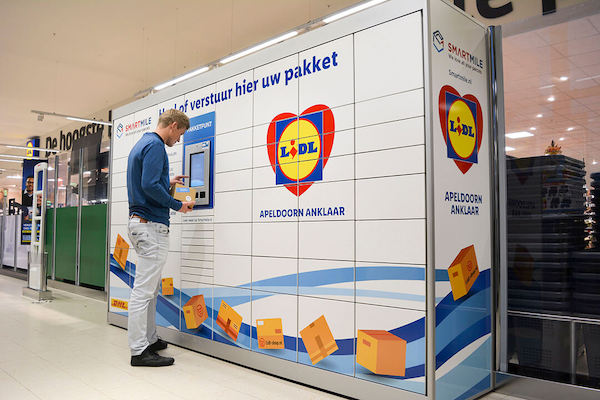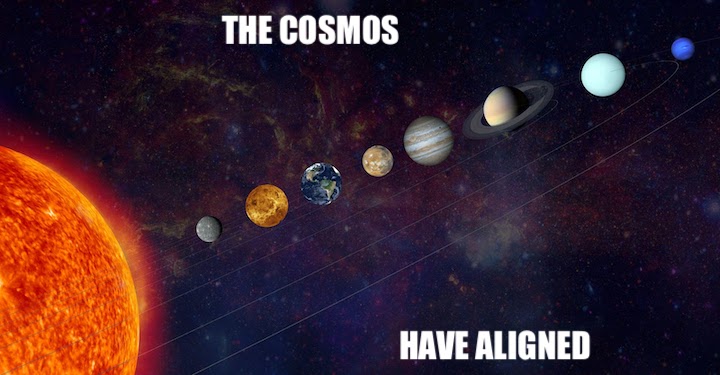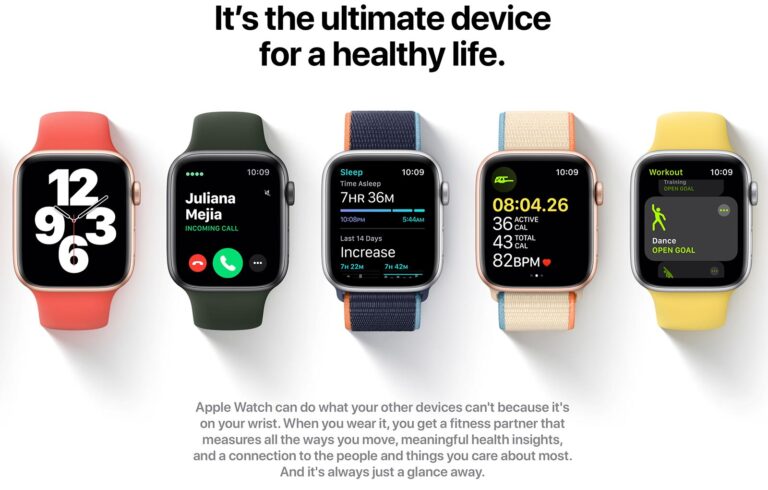More images can be found on TeamLab’s website. If you ever have the chance to visit, I highly recommend it.
To address some of these issues, and to make the experience of coming to view the Mona Lisa much more eventful and less rushed, the Louvre have implemented VR technology.
While it is just taking off here in the West, livestreaming has long been popular in China, often as an engaging method of online shopping.
The campaign features a wealth of digitally rendered galleries, with additional animated, interactive elements on some of the world’s most famous works of art. Completing the various games found within the experience allows users to unlock or ‘unframe’ their favourite pieces for display in their own spaces through AR technology.
Virtual and Augmented Reality
Metropolitan Museum of Art ‘Unframed’
Of course, it’s not just the coronavirus that is spurring on such innovation in digital – in the years before the pandemic, it was common knowledge that institutions were finding it tough to market to younger generations. So, here are some of the best examples of museums and galleries getting creative with digital experiences, both before and during Covid-19.

The Met has described the feature as ‘a virtual tour like no other’.
The appeal of the app is obvious during a pandemic, as it allows you to virtually visit the gallery while confined to your home, as well as offering free educational content. However, in normal times, it’s also useful for those abroad unable to visit, or for those that would rather view the gallery at their leisure without any other visitors getting in the way of their experience.
[embedded content]
The Louvre – Mona Lisa: Beyond the Glass
Also dotted around were plenty of interactive digital stations which encouraged visitors to produce their own artwork inspired by the artist, and complete other observational tasks. A large circular room at the end of the exhibition featured almost all of his many paintings and drawings on the wall, from which you could select and enlarge your favourites to learn more.
Grayson’s Art club took UK TV by storm in 2020. Broadcast weekly on Channel 4, acclaimed artist and national treasure Grayson Perry aimed to ‘bring the nation together through art’ in response to the coronavirus crisis.
The Forbidden City aka Palace Museum in Beijing, among others, has used the technology to offer guided tours from the comfort of your home. In early April, it hosted three 2-hour live guided tours offering insight into the 600-year-old site and traditional Chinese culture. It was so popular that one particular session, broadcasted on the Xinhuanet livestreaming platform, reached 34 million views at its peak.
Virtual tour of the Palace Museum https://t.co/bTom7cMgn8
[embedded content]
Take a virtual tour with Google Arts and Culture
— Natural History Museum (@NHM_London) January 24, 2021
Throughout the room, some activities you can expect to participate in include:
The Natural History Museum was one such museum to offer this educational content, launching its #OurBrokenPlanet events in January 2021 which aim to explore our environmental impact and ways to reduce it. Guest speakers include photographers, scientists, journalists and climate activists such as Jane Fonda.
The Mona Lisa, arguably the most famous painting in the world, is housed at the Louvre gallery in Paris. Unfortunately, it’s also a very small painting, measuring just 77x53cm, meaning it can be difficult to catch a glimpse of the masterpiece in real life with the usual crowds around it. In fact, the painting is such a popular attraction that the museum has limited viewing time to a 30-second period per person before they are asked to move on.
Here in the UK, now in our third national lockdown, tourist destinations are once again closed, as are those in many other regions facing harsher restrictions. As a result, it is crucial that museums continue to offer alternative, virtual experiences to the public to increase engagement and revenue.
An October 2020 study found that, on average, US museums lost 35% of their usual operating income in 2020 and expect to lose a further 28% this year. While these institutions are innovating new ways to connect with their audiences, digital fundraising remains 34% short of the revenue typically made from in-person events.
— The Forbidden City (@PalaceMuseum_) April 9, 2020
This incredibly immersive and colourful exhibition takes you on a sloping, spiralised walk down to a main dome at the centre. On the walls of the path are large screens that hug the curvature of the walls, making the visuals seamless at eye-level. An animated display of a forest scene is projected from the screens, inviting the viewer to spot various animals in the foreground and background. You can then use the ‘Story of the Forest’ App on your mobile device to find out more about certain animals in front of you, including habitat, diet and levels of endangerment. This can also be performed in the main dome area of the exhibit, where additionally you can lie down and take in a breath-taking view of the ceiling that features cascading spores and plants.
Livestreaming
Forbidden City/Palace Museum
Users are also able to take a tour around the gallery’s rooms in virtual reality, with the ability to select images to view in close-up from the room they are currently based in.
Each week, Perry spoke to celebrities and fellow artists about the importance of art as an outlet, and encouraged viewers at home to get creative and produce their own work, set to a weekly theme, for the chance to get featured on the show. According to the programme’s official website, nearly ten thousand people submitted their art throughout the series aired in 2020.
All of these virtual events are a fantastic way for people of all ages to get involved with the museum, bringing the educational and interactive aspects of in-person visits into the home.
Museums and galleries have been some of the hardest hit destinations since the onset of the coronavirus pandemic, as restrictions continue to hamper visitor numbers, or diminish them completely.
Customer experience trends in 2021: What do the experts predict?
Grayson’s Art Club – The Exhibition
Mona Lisa: Beyond the Glass was a limited-time event launched in October 2019 which aimed to allow visitors and remote fans alike to ‘be within the universe’ of the painting and to explore, in greater depth, the story behind the piece. Using infrared and x-ray scans of the painting, and its wider context, VR experts from Emissive created a 3D virtual model of Mona Lisa that realistically moved and interacted with the viewer, complete with a historically accurate background setting.
Visitors have the opportunity to create their own works of art which are then uploaded to the gallery’s official Tumblr page to download and share later.
Other institutions have taken to hosting their own (often free of charge) online lessons, talks and events, particularly in light of school closures and holidays under lockdown.
After testing it out myself, I can reveal the games were lots of fun and not too challenging, making it appropriate for all ages to engage with and learn something from. I enjoyed wandering around the exclusive galleries at my own pace, interacting with the exhibits and seeing how my favourite masterpieces looked on my bedroom wall.
Online lessons, talks and events
#OurBrokenPlanet at the Natural History Museum
Livestreaming, when done well, can often be a step up from other virtual tours the public can experience online (such as via the Google Arts and Culture app), as an expert is able to relay facts in real-time, as well as take questions from those watching. It also requires less effort on the part of the participant who would otherwise have to read through information and be their own guide.
[embedded content]
In the at-home version of the experience, additional paintings by DaVinci were also available to explore in virtual reality, although in lesser detail than the main attraction.
The Google Arts and Culture app, available on iOS and Android is like Google Street View for galleries and places of cultural interest. It can be implemented on mobile devices when viewing selected museum websites, and allows the user to explore highlights or entire floors of these buildings in virtual reality.
While this is a more traditional interactive experience through linear TV, Manchester Art Gallery hosted a final exhibition of the public’s work from the series and livestreamed a Curator’s tour of the gallery to those who were unable to visit. It proved a really engaging way to view some of the best creations featured throughout the show, alongside thoughtful commentary.
Did you know you can explore our Collection of over 600 works and tour it in 3D using @Googlearts?
Meet Vincent Van Gogh was the last exhibition I was able to go to before the coronavirus pandemic hit the UK. A pop-up based around London’s Southbank in early 2020, a giant marquee contained some of Van Gogh’s most famous and interesting artworks accompanied by a series of interactive digital attractions which helped to tell the story of his life.
The museum also conducted a series of ‘online lates’ in 2020 to temporarily replace its very popular late-night educational events and talks for adults.
[embedded content]
Though it existed long before the pandemic, many museums have put extra emphasis on the app over the past year as a way of connecting with customers while they are unable to visit in person.
Interactive creative spaces
Cleveland Museum of Art – ArtLens Interactive Studio
The Cleveland Museum of Art has taken interactivity to the next level with their ArtLens Studio Play. The studio, based in a room within the gallery, contains a variety of screen-based activities that require physical movement of the body to operate.
Although interactive displays are becoming more commonplace in many galleries and museums, they are often produced tentatively and scarcely, with limited capabilities. This example from the Cleveland Museum of Art defies conventions of the standard, arguably dated static touchscreen display by involving the movement of the body as a means of control. Not only is this method more immersive for the user, but it is also a more social and collaborative way of learning more about the collections.
- virtual painting
- virtual collaging with items found in the gallery collections (to create new artwork)
- researching and learning about various featured artists and disciplines using both static and portable devices
- front camera self-portraiture with the ability to edit with artistic effects
- virtual pottery
- drawing shapes and matching them (via AI) to items in the gallery database
Meet scientists, photographers and activists who are leading the way and creating change, from tackling plastic pollution to examining our relationship with animals. https://t.co/VXk2txL1aK pic.twitter.com/xOeiaRC56p
Tune in next week for our FREE #OurBrokenPlanet online events. ????????????
[embedded content]
Immersive in-person exhibitions
National Museum of Singapore – ‘Story of the Forest’
This follows the museum’s Nature Live Online events that ran throughout 2020, covering a range of topics from ancient trees to asteroids.
Not dissimilar to the National Museum of Singapore’s Story of the Forest, it included a number of large scale digital projections, this time of his paintings, across a winding maze of different rooms representing a timeline of his life’s struggles.
Install the app on your iPhone or Android phone to enjoy the full experience.https://t.co/Ct3Opbq8Ib pic.twitter.com/vH1i9aimxH
Let’s take the tour of the Dulwich picture gallery as an example. You can browse 652 high resolution images of artworks using Google Arts and Culture, which are organised by style, medium and top trending.
— Dulwich Picture Gallery (@DulwichGallery) April 10, 2020
Meet Vincent Van Gogh
Sneak peak to this eve’s #NHMLates online excellent panel about (you might not guess it from the pics) VENOM! @SheanAlison and our three panellists are getting ready for all your questions! pic.twitter.com/SRtTVuMkf0
— Cristina Torrente ⛈️ (@Cristina_TorMor) November 27, 2020
[embedded content]
In January 2021, the Metropolitan Museum of Art in New York partnered with Verizon to produce a series of virtual art and gaming experiences, based on their collections, which 4G or 5G smartphone users can participate in from home.
I was lucky enough to stumble upon this exhibition housed within Singapore’s National Museum when I visited on holiday in October 2017. The installation had quite an unassuming exterior, with only basic information about it displayed at the entrance. Regardless of whether this was deliberate or not, it certainly made the whole experience more surprising upon entering.






